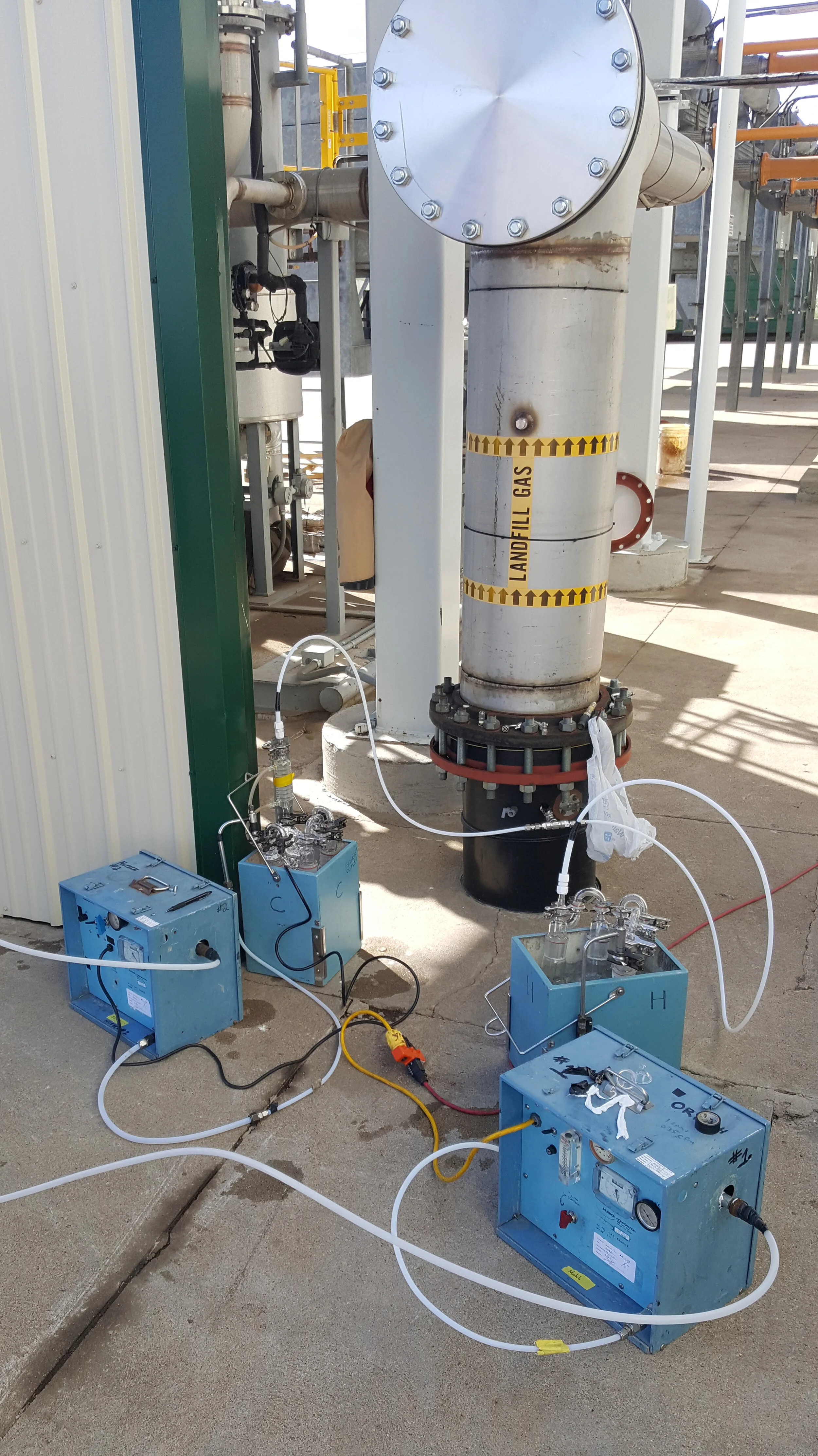The Multi-Sector Air Pollutants Regulations (MSAPR) was registered by Environment and Climate Change Canada (ECCC) in June 2016 with the objective to achieve consistent Canada-wide performance standards for certain industrial facilities and equipment for the emissions of oxides of nitrogen. Boilers and heaters at regulated facilities are targeted under Part 1 of MSAPR. MSAPR establishes a process for registering, classifying, testing and reporting of oxides of nitrogen (NOx) emissions and provides NOx emission intensity limits (g NOX/GJ). For more information on MSAPR Part 1, click here.
Prior to June 17, 2017 all regulated facilities were required to classify their boilers and/or heaters as either:
• Class 80: NOX Emission Intensity ≥ 80 g NOX/GJ
• Class 70: NOX Emission Intensity ≥ 70 g NOX/GJ and < 80 g NOX/GJ
• Class 40: NOX Emission Intensity < 70 g NOX/GJ
By default all boilers and heaters were classified as “Class 80” unless the facility had stack test or CEM test data for the unit, historical stack test data for the unit, or data for an identical piece of equipment with which the unit could be identified with.
For unmodified pre-existing boilers and heaters, the facility may either keep the NOX emission intensity elected in June 17, 2017 or opt to conduct optional Stack Tests or CEMS Tests before December 31, 2022 and, depending on the results, reclassify the boilers and heaters as either “Class 70” or “Class 40”.
There are some advantages to conducting optional Stack Tests on your boilers and/or heaters before December 31, 2022 such as:
· providing baseline emissions which can be used to determine NOX reduction options and/or facilitate capital improvement discussions if the results confirm the equipment is “Class 80”;
· giving the facility an additional 10 years to meet the NOX emission intensity limit of 26 g NOX/GJ if the results demonstrate that the equipment is “Class 70” and it is reclassified; or
· eliminating the requirement to meet the NOX emission intensity limit of 26 g NOX/GJ and the requirement to perform subsequent Stack Tests or CEM Tests if the results demonstrate that the equipment is “Class 40” and it is reclassified.
MSAPR Part 1 prescribes the testing and operating requirements to be followed for the Stack Tests which are summarized below.
Acceptable Sampling Methodologies
· Triplicate 30 minute consecutive test runs for oxygen and nitrogen oxides following the procedures detailed in US EPA Method 3A and US EPA Method 7E, respectively, or ASTM D6522-11.
· Volumetric flowrate and moisture tests following the procedures detailed in US EPA Methods 1-4 or ECCC Methods A-D.
· Fuel sample analysis for higher heater value (HHV) following the procedures detailed in ASTM D1826-94, ASTM D3588-98, ASTM D48941-89 or GPA Standard 2172-09. Note the regulation provides a default value for natural gas that can be used to calculate intensity which may eliminate the need to conduct the fuel sample analysis if natural gas is the only fuel combusted.
Operating Conditions during Testing
· The boiler or heater must be operating with at least 50% of the input energy in its combustion chamber resulting from the introduction of gaseous fossil fuel.
· The boiler or heater must be operating at ≥60% of its rated capacity.
· The boiler or heater must be operating at a steady state.
· If the boiler or heater is equipped to pre-heat air, pre-heated air must be operating during testing.
· Testing must be conducted using the same type of gaseous fossil fuel the boiler or heater normally operates on.
Site Requirements
· A minimum of two sampling ports must be installed on the exhaust of the boiler or heater ideally a minimum of eight stack diameters downstream and at least two stack diameters upstream of flow disturbances. If this is not possible, the ports must be installed, at a minimum, at least two stack diameters downstream and half a stack diameter upstream of flow disturbances.
· Safe access to the sampling ports must be provided either through the installation of a permanent platform, installation of scaffolding or the use of a man-lift.
· Parking for the third party testing vehicle must be provided as close as possible to the sampling location.
· Power must be provided for the sampling equipment. An electrician may be required to hardwire the electrical connection.
· A site liaison must be available during testing to ensure the boiler or heater is operating at the required conditions (detailed above) and to communicate with the testing company.
· The flowrate of the fuel combusted during the test program must be provided to the testing company to facilitate NOX emission intensity calculations. Note if the equipment operates on a fuel other than natural gas, a sampling port will need to be provided to collect the fuel sample for HHV analysis.
How can ORTECH help?
ORTECH provides comprehensive consulting and emission testing services to our clients to ensure that they are meeting the requirements of MSAPR, including:
· Evaluating applicability, options, timelines and mitigation measures, if needed, to ensure compliance;
· Assessing equipment to determine if performance tests are required;
· Providing advice on the installation of sampling ports to facilitate performance testing;
· Conducting performance testing following the sampling procedures detailed in MSAPR; and
· Calculating NOx emission intensity based on performance test data.




















